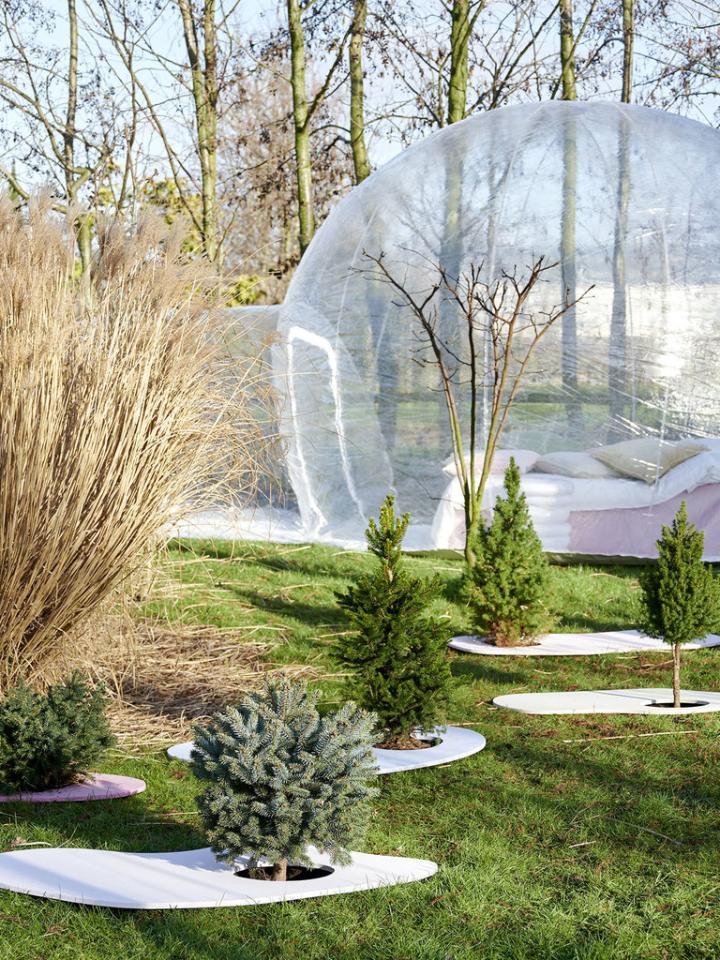Colours and shapes
An evergreen tree and a minimal shedder, the spruce (Picea omorika, Picea glauca conica) is a hardy conifer that looks like a proper pine tree, often with pine cones beneath the branches. In the wild it grows in a range of sizes from 50cm to an astonishing 50m tall, but with careful tending you can keep it nicely garden shaped. Its decorative value is determined by the arrangement of the branches covered in needles (the spruce's leaves), and the overall shape of the tree. This can be a classic pine shape, with layered branches that sit in a ring around the trunk, or spherical, and grown in a pyramid shape.
From indoors to outdoors
When if you want to give your spruce a second life outdoors, mkae sure it has a sizeable root ball when buying it as a Christmas tree. Place it in a pot with water and shrub food over Christmas to ensure it suffers as little damage as possible from the dry indoor atmosphere then, to make that transition to outdoors as smooth as possible, wait until the frost has ended before placing it outside. Plant nice and deep and feed with some extra water and food, then your spruce will settle well.
Symbolism
In Greek mythology the spruce is associated with Artemis, the goddess of the moon. German tribes used to store the cones as a symbol of fertility. Nowadays, the wood of the spruce has many uses from floring to furniture, musical instruments and gardenware.
Origin
Spruce is a genus in the Pinaceae family of fir trees which contain some 45 species. The tree originates from northern Europe, although it can also be found up in high altitudes in large parts of Asia. You can tell a spruce from a pine by examining the needles: on a spruce they’re flat and attached to the twig individually, whilst on a pine tree they’re round and clustered together. Unlike firs (Abies), part of the bark comes away when a needle is pulled off a spruce (Picea). Spruces therefore always have a tag on the removed needle.





